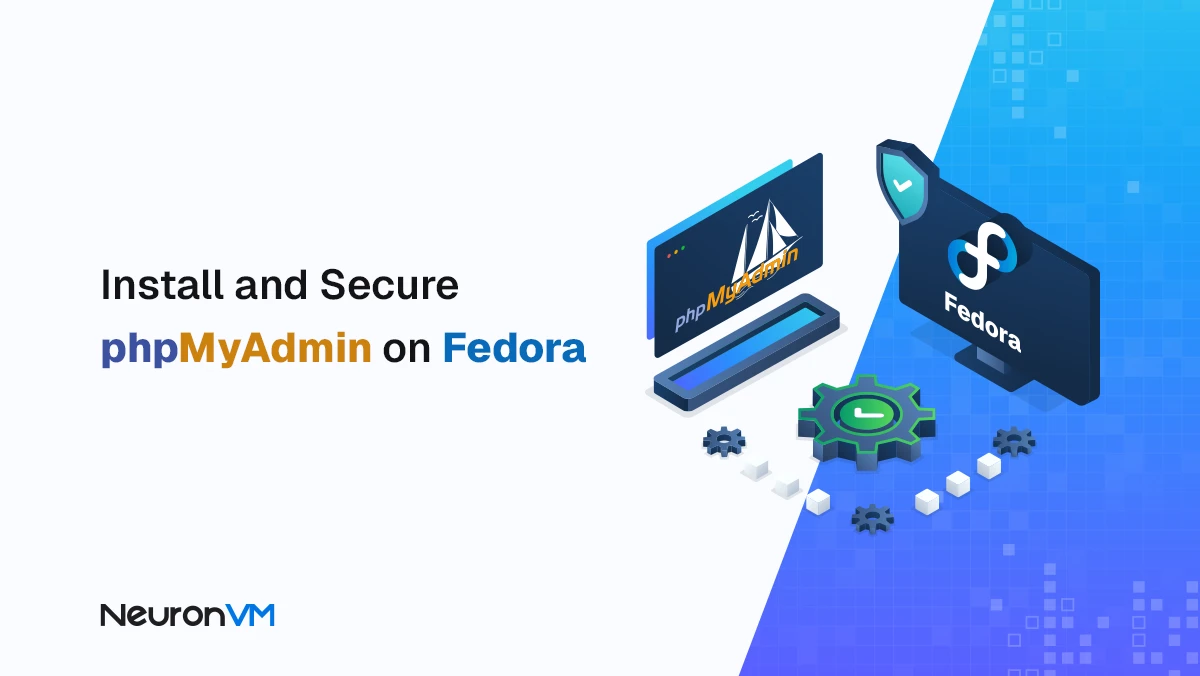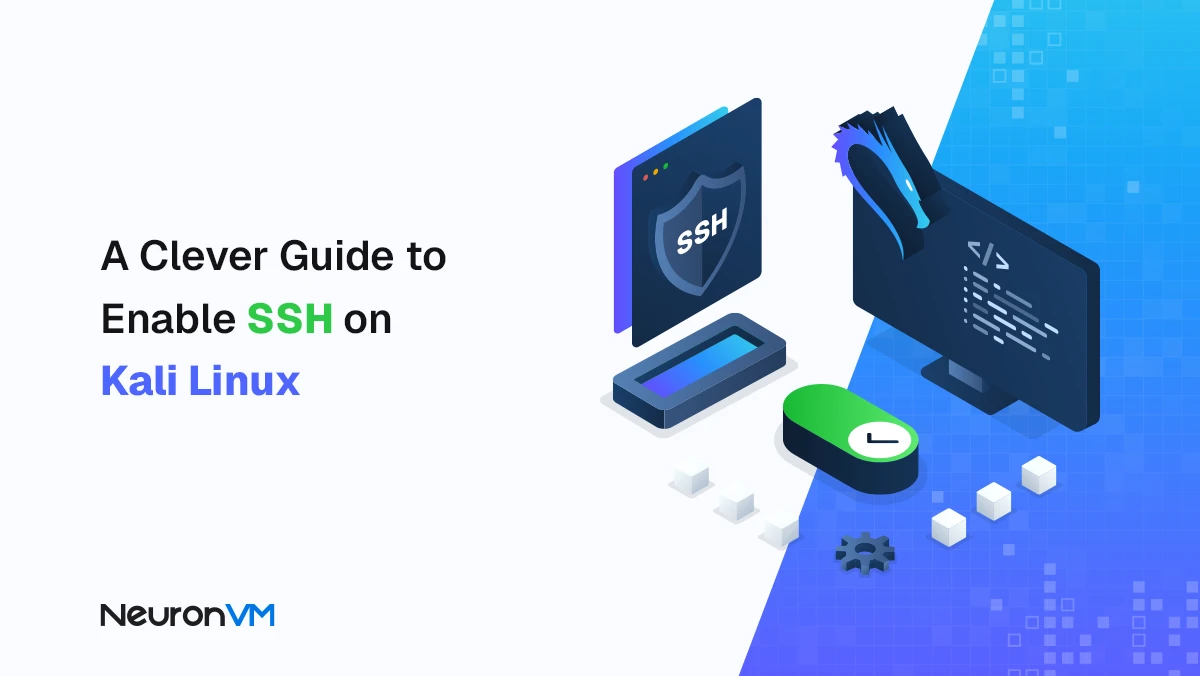How to Configure and Secure SNMP on Cisco Switch
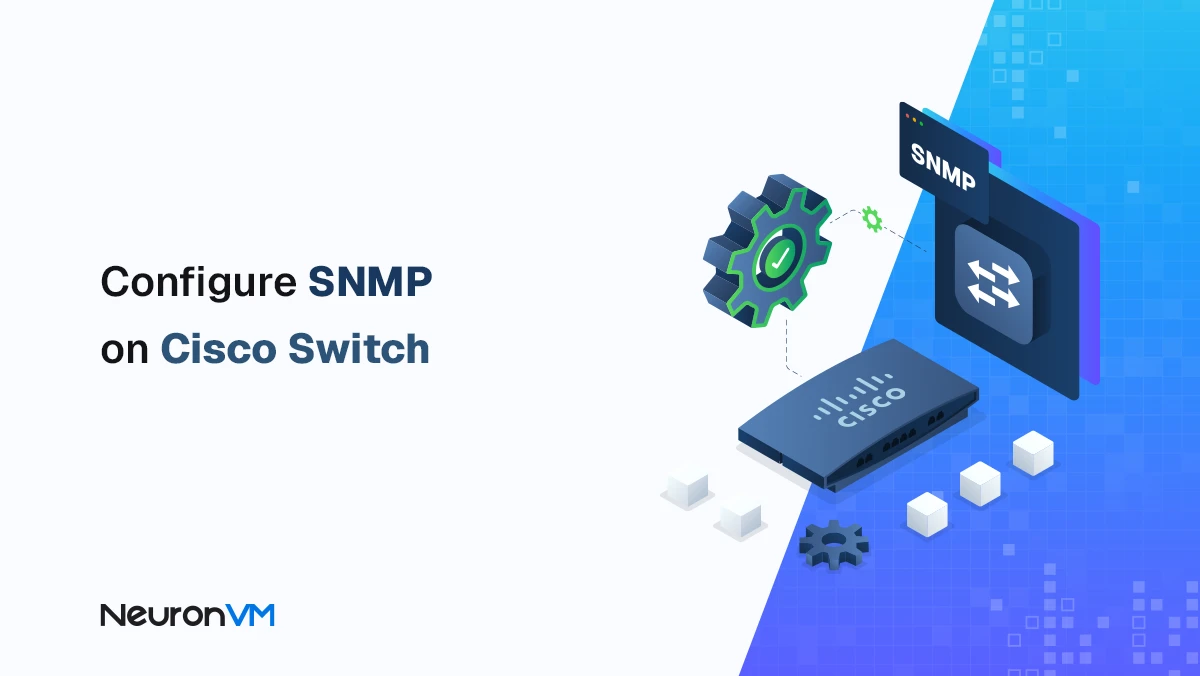
 9m
9m
 0 comments
0 comments
SNMP, or Simple Network Management Protocol, is one of the most important tools for monitoring and managing network equipment such as Cisco routers and switches, This protocol allows network administrators to monitor device performance and provide more careful reports on the status of the network, In this step-by-step tutorial, you will learn how to enable and configure SNMP on a Cisco switch.
Configuring SNMP on Cisco Switch
Step 1: Log into the switch CLI
To get started, you need to connect to the Command Line Interface (CLI) environment of the Cisco switch. You can easily do this via SSH or a console cable. It is recommended for you to use an SSH connection for greater security so that your information is encrypted.
Step 2: Enter Privileged EXEC Mode
After logging into the switch, enter the high-level management mode by typing the following command:
enable
At this point, you have the necessary access to change the switch settings.
Step 3: Enter Global Configuration Mode
To apply the new settings, you can enter the global configuration mode:
configure terminal
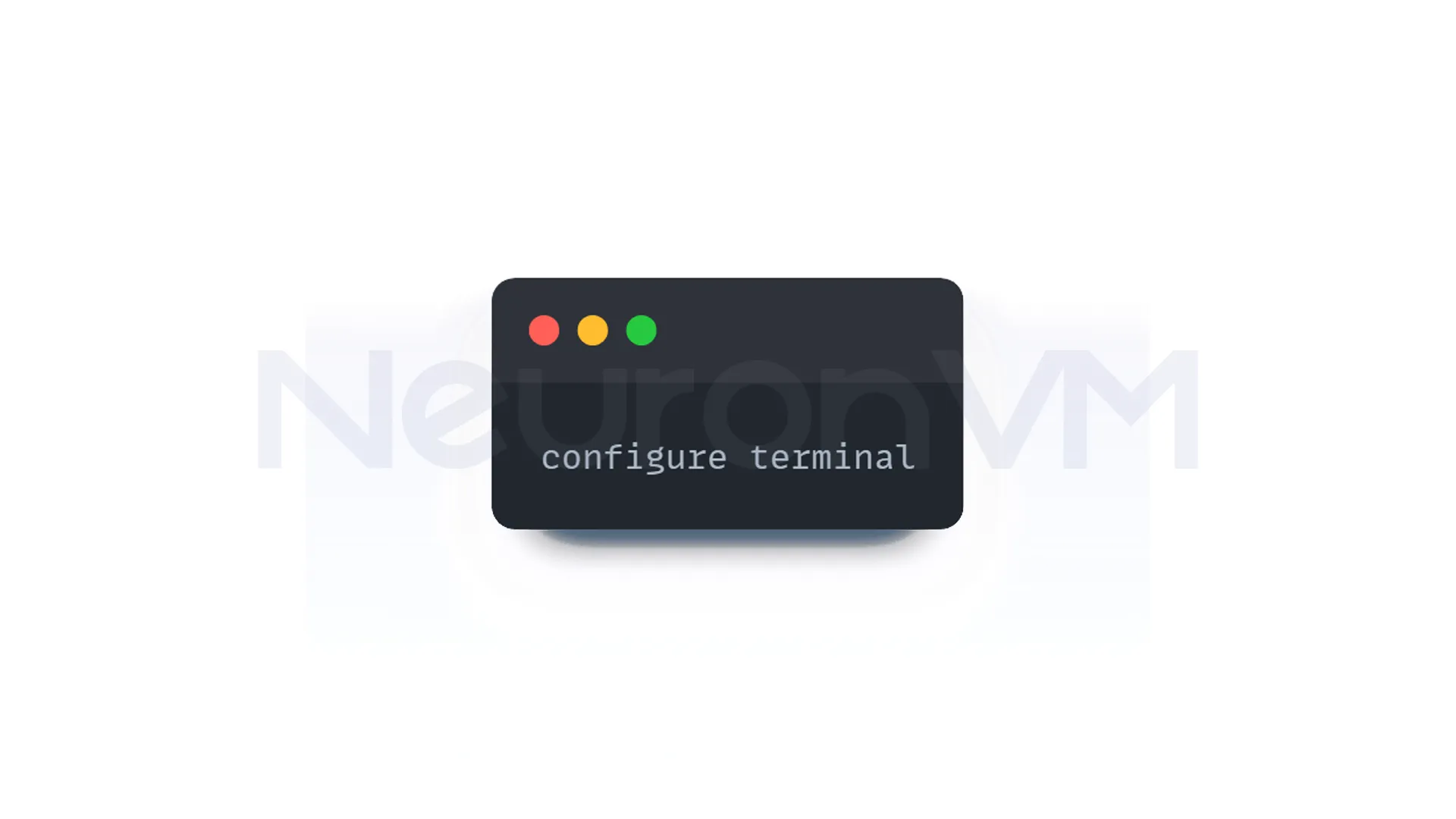
In this environment, you can change the SNMP settings and other management features of the switch.
Step 4: Set the SNMP Community String
The Community String essentially acts like a password for SNMP, specifying which users can access the device information. It is recommended to define two types of Community Strings, one for read-only access and one for more complete access.
For read-only access, use the following command:
snmp-server community READONLY ro
For write access and changing settings, use the following command:
snmp-server community READWRITE rw
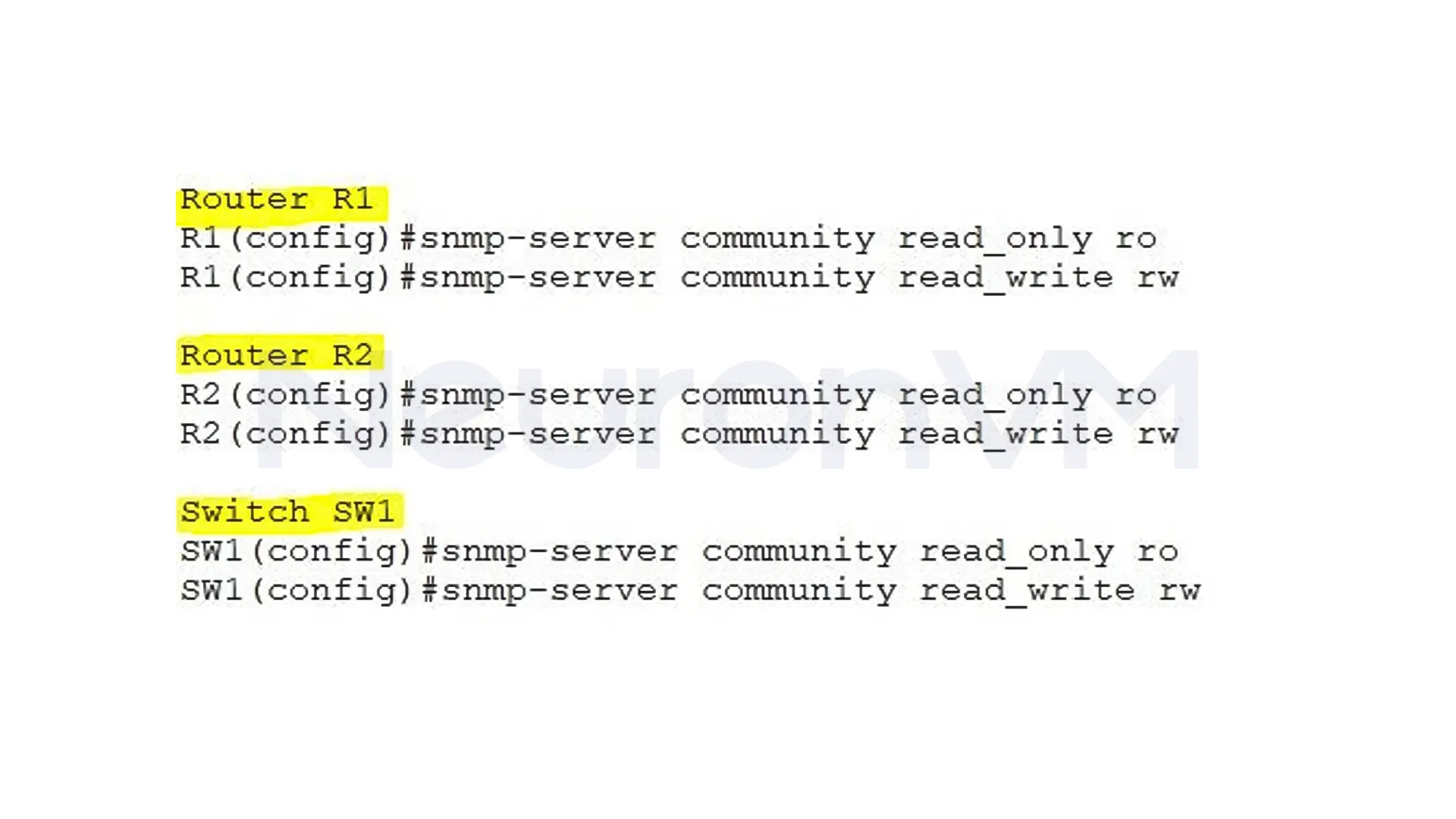
Instead of READONLY and READWRITE, use complex and unpredictable strings for higher security.
Step 5: Configure SNMP Hosts (Optional)
If you want to send SNMP alerts or information to the network management server, you need to specify the host IP address.
snmp-server host 192.168.1.10 version 3 READONLY
It is better to use SNMP version 3, as it is more secure and supports stronger encryption and authentication.
Step 6: Enable SNMP Traps (Optional)
Traps in SNMP notify the network administrator that an important event has taken place on the switch, such as a link being disconnected or reconnected. To enable it, you can just use the following command:
snmp-server enable traps
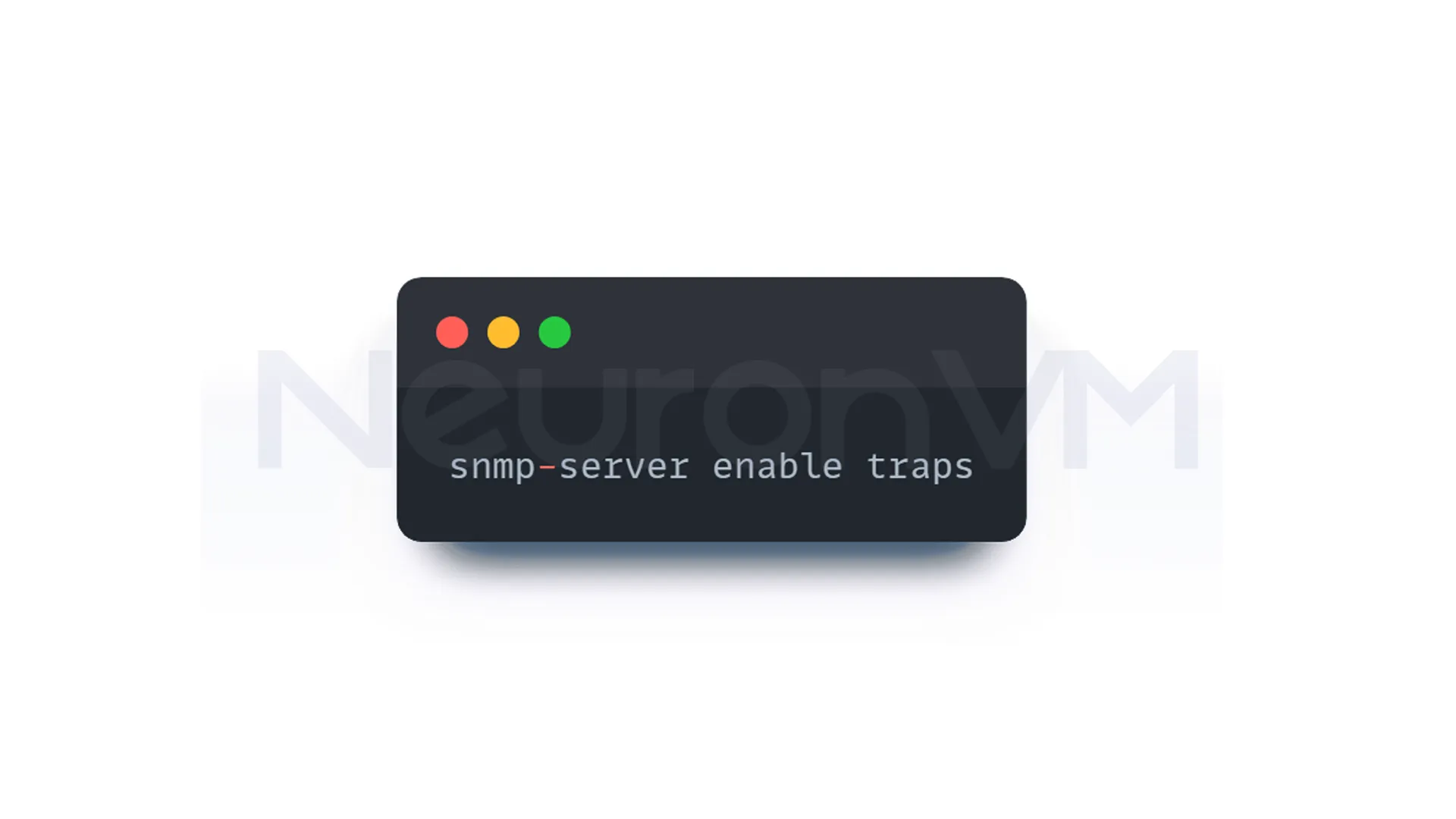
If necessary, you can enable only a specific type of Trap, for example, to detect a change in configuration or port status.
Step 7: Save the configuration
After making changes, you need to save your configuration so that it is not lost after a switch reboot:
write memory
or
copy running-config startup-config
Step 8: Check SNMP status
To ensure that SNMP is configured correctly, use the following command:
show snmp
Why SNMP Configuration Matters in Real Networks
In real-world network environments, SNMP is not just a monitoring tool, but also an important tool for network management systems.
In large organizations, NOC and SOC teams use SNMP for early problem detection and even bandwidth usage trend analysis. If SNMP is not configured properly, incorrect or incomplete information can easily lead to some incorrect monitoring decisions. For this reason, it is important to understand the structure of SNMP and the differences between versions especially between SNMPv2c and SNMPv3.
Common Mistakes When Configuring SNMP on Cisco Switches
Many network administrators make small mistakes in the early stages of SNMP configuration that can quickly cause problems with network security or performance.
For example:
1- Using simple community strings such as “public” or “private”
2- Opening SNMP on all interfaces without restricting access to specific IPs
3- Forgetting to save changes with the write memory command
4- Using older versions of SNMP that lack encryption
5- By avoiding these mistakes, you can have a really secure monitoring system.
Expert Insight: SNMP vs. Other Network Monitoring Methods
While SNMP is one of the most widely used protocols for network management, there are also other methods, such as NetFlow or REST APIs.
The main difference is that SNMP is actually designed to monitor the real-time status of equipment
While NetFlow is more commonly used to analyze traffic and communication patterns, combining these tools can provide the system administrator with a more comprehensive view of network performance
Important Security Tips for Configuring SNMP
1- Always try to use SNMP version 3 if you want stronger encryption and authentication
2- Choose a Community String that is not really easy to guess and contains letters and also symbols
4- Disable unnecessary access and allow only specific users to have access
5- Protect the SNMP port behind a firewall and restrict its access to specified IPs
Extra Value Tip for Readers
If you plan to use SNMP to monitor multiple Cisco devices simultaneously,
you can use open source monitoring tools such as Zabbix, Cacti, or PRTG Network Monitor.
These tools use SNMP to collect information and display it in graphical dashboards,
which is very useful for quickly analyzing the network status.
Conclusion
By following the steps above, you have successfully enabled and configured SNMP on your Cisco switch, Note that this feature allows you to remotely monitor the switch’s performance and identify potential problems before they disrupt the network, if you follow security principles, SNMP will be one of the most secure methods for intelligent management of network equipment.
It is used to remotely monitor and manage network equipment.
SNMPv3 is recommended due to its stronger security and encryption.
Yes, if you use strong passwords and IP restrictions.


